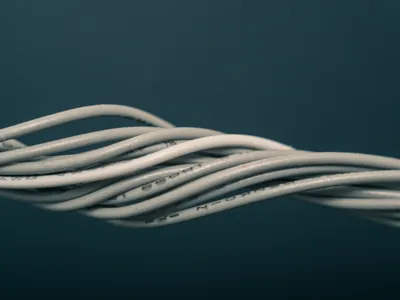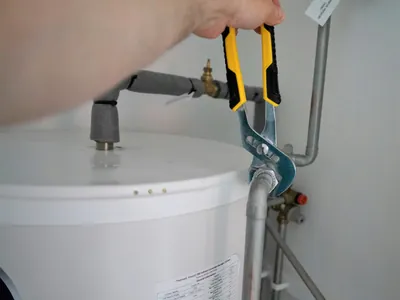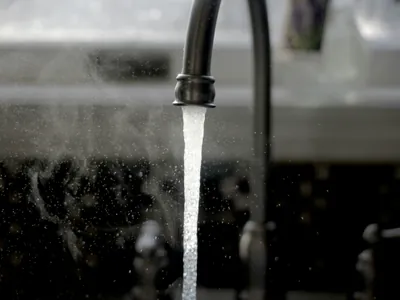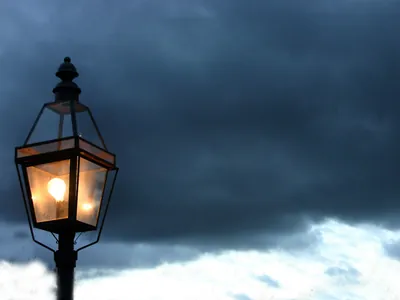Electrical Conduit Installation: Protecting Wires

While most of your home's wiring is protected behind drywall, some situations require an extra layer of defense. Electrical conduit is a tube or pipe used to house and protect electrical wires from damage, moisture, and impact. Using conduit is not just a good idea in certain areas—it's often required by the National Electrical Code (NEC) for safety.
📍 When is Conduit Required?
Conduit is necessary whenever wires are exposed and could be subject to physical damage.
📋 Common Types of Conduit
Different types of conduit are used for different applications.
🔩 EMT (Electrical Metallic Tubing)
A thin-walled, lightweight metal conduit used for indoor applications. It's easy to bend and cut, making it popular for protecting wires in garages and basements.
💪 RMC (Rigid Metal Conduit)
A heavy-duty, thick-walled galvanized steel conduit that provides the highest level of physical protection. Often used for service masts and other demanding applications.
⚪ PVC (Polyvinyl Chloride)
A plastic conduit that is lightweight, easy to install, and corrosion-resistant. It's excellent for underground and wet-location applications.
🌀 Flexible Metal Conduit (FMC)
Often called "Greenfield," this conduit is flexible, making it ideal for connecting to motors or appliances that may vibrate, or for making connections in tight spaces.
🔧 The Installation Process
Installing conduit is a more advanced skill that involves careful planning.
Basic Steps:
- The conduit path is planned and secured to surfaces with straps.
- Sections of conduit are connected using special fittings.
- The conduit is connected to electrical boxes.
- Individual insulated wires (like THHN) are then pulled through the finished conduit run.
The number of wires you can run inside a conduit is strictly limited by code based on the size of the conduit and the gauge of the wires. This is called "conduit fill" and prevents overheating.
Properly installing conduit is a job for a professional to ensure it is secure, watertight, and meets all code requirements. If you need to run wiring in an exposed location, contact The Box Advantage Group for a safe and professional conduit installation.


